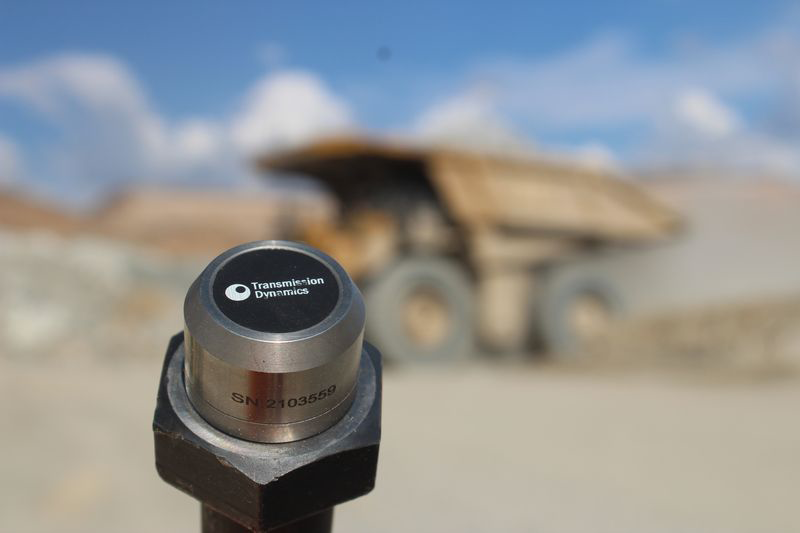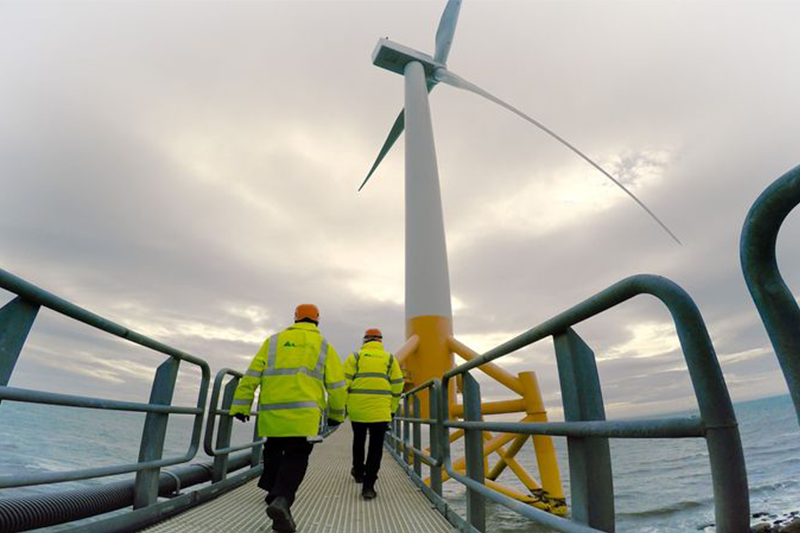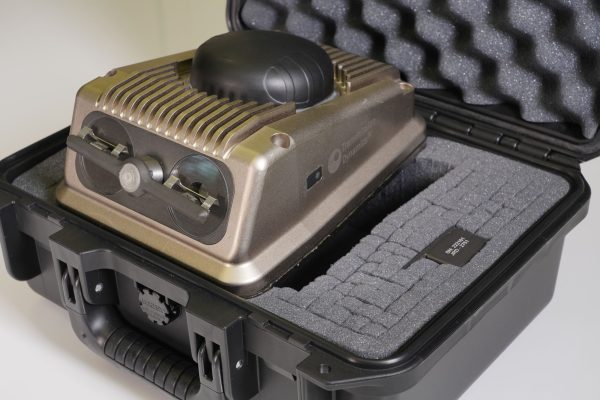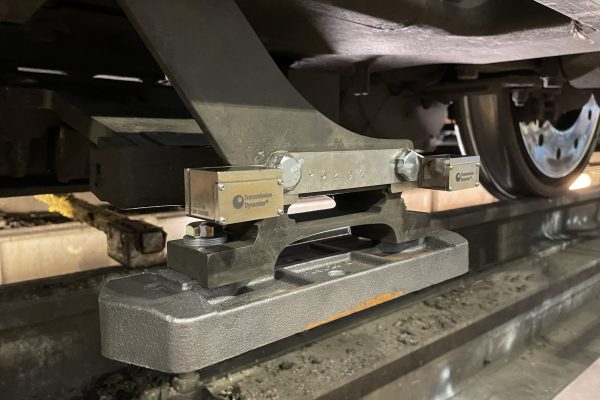Wireless Fastener Preload Bolt Tension Monitoring
Load Monitoring Fastener+®
Ensure Correct Installation
Monitor In-Service Preload
Receive Criticial Alerts


Powered By:

In collaboration with:


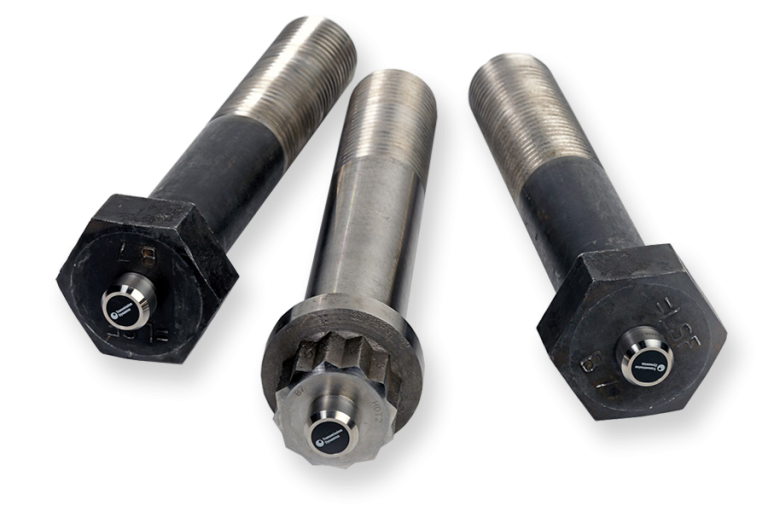
Benefits of using Load Monitoring Fastener+®
Reduce downtime and maintenance costs
LMF+® reduces downtime and maintenance costs by providing direct, real-time bolt tension monitoring during installation and precise control over bolt relaxation, optimising torque compensation.
Reduce failures
LMF+® reduces failures by ensuring correct preloading to minimise fatigue, wear, vibration, and breakage issues and by allowing users to set predefined thresholds for in-service SMS and email alerts, proactively addressing potential problems.
Increase efficiency
Load Monitoring Fastener+® increases efficiency by enabling data-driven decision making, establishing optimal torque levels and procedures, and pinpointing the exact location of issues for targeted maintenance actions.
Introducing Load Monitoring Fastener+® Extended Range:
Unparalleled Wireless Monitoring with 3km Range & 20-Year Battery Life
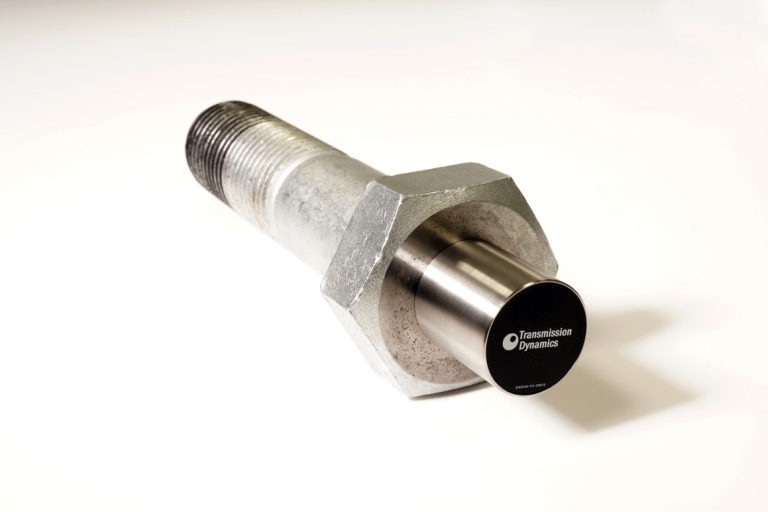
Require long range, long life instrumented bolts?
We are thrilled to unveil the latest evolution of the Load Monitoring Fastener+® (LMF+®) system—LMF+® Extended Range.
This cutting-edge variant takes wireless load monitoring to new heights, offering an impressive wireless range of 3 kilometres (approx. 1.86 miles) and an extraordinary battery life of up to 20 years.
With this unparalleled capability, LMF+® Extended Range ensures that you can monitor fasteners across vast areas and for extended durations without worrying about frequent battery replacements or signal limitations.
It’s the ultimate solution for applications requiring extensive coverage and long-term bolt tension monitoring, providing you with peace of mind and actionable data insights for years to come.
Load Monitoring Fastener+ - Instrumented Bolt Application Sectors
After Line #1 SAG mill joint repair, regular inspections for bold and flange integrity were conducted. Load Monitoring Fastener+ technology provided remote monitoring. After three months of stable conductions, live data monitoring ceased, confirming a successful repair. LMF+ allows easy bolt ension checks via an iOS device with the dedicated application. As of publication, Line #1 SAG mill operates over 7,000 hours post-repair without any issues following corrective measures taken by Metso to address split flange alignment.
Load Monitoring Fastener+ ® Key Features
Key Features of Load Monitoring Fastener+®
Wireless Data Transmission
LMF+® offers the convenience of wireless data transmission, eliminating the need for cumbersome cables and ensuring seamless monitoring.
Long battery life
LMF+® boasts an impressive battery life, ensuring extended bolt tension monitoring without frequent battery replacements, a valuable feature for long-term applications.
Data visible on the GDN® portal
Users can easily access and analyse monitoring data from our instrumented bolts on the Global Data Network portal, providing a centralised platform for comprehensive insights.
Critical alerts directly to your phone
LMF+® delivers critical alerts directly to your phone, ensuring that users are promptly informed of any deviations from desired values or thresholds.
User-adjustable wake frequency
The system allows users to customise wake frequency, providing flexibility in bolt tension monitoring and conserving battery life.
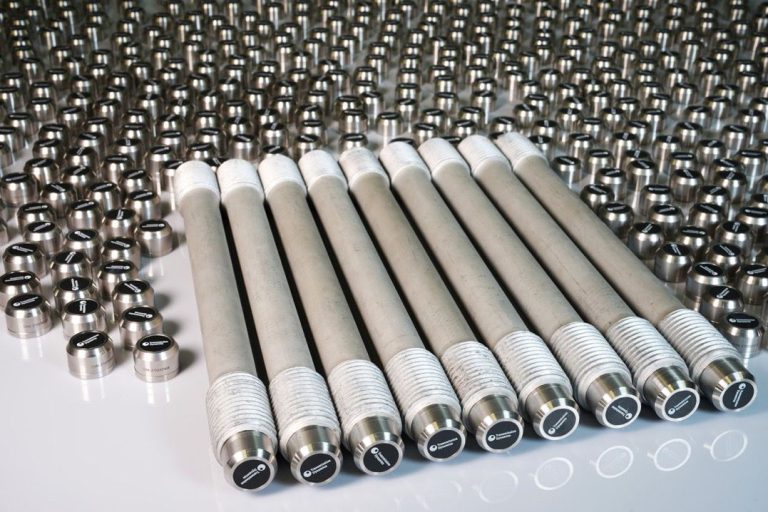
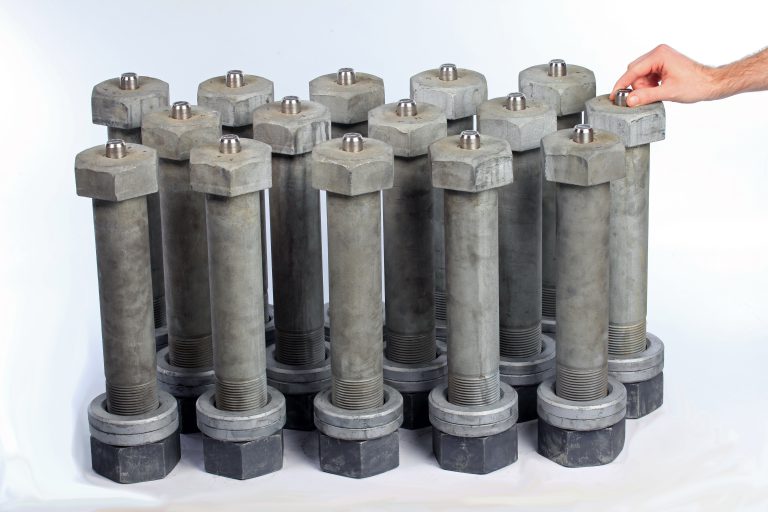
LMF+®
Wireless Battery-powered Transmission
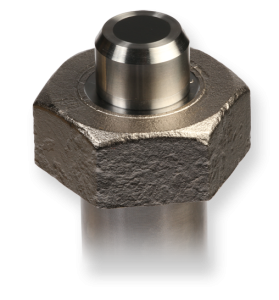

Bluetooth
Data Transfer from the LMF+® to the Gateway
GATEWAY
Wireless gateway for data reception and transmission to the GDN®
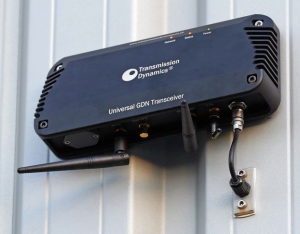

CELLULAR CONNECTIVITY
Seemless data transmission via Wifi, 4G and 5G
GLOBAL DATA NETWORK
Upload to our GDN® for reporting and A.I. Analysis
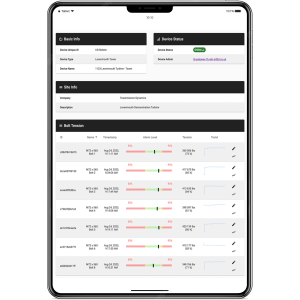
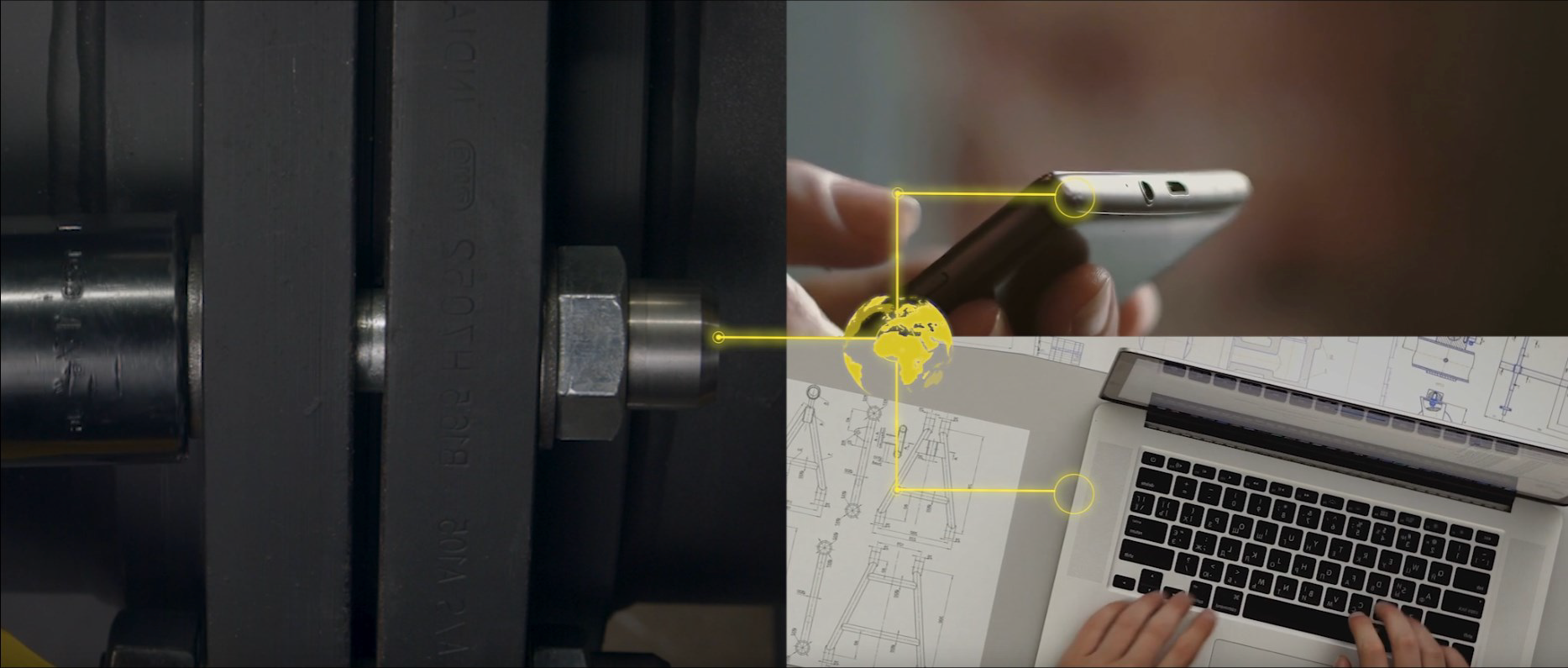
Global Connectivity
Visualise and analyse the data through the secure Global Data Network [GDN®] portal

SMS and e-mail notifications
To user-definable key stakeholders
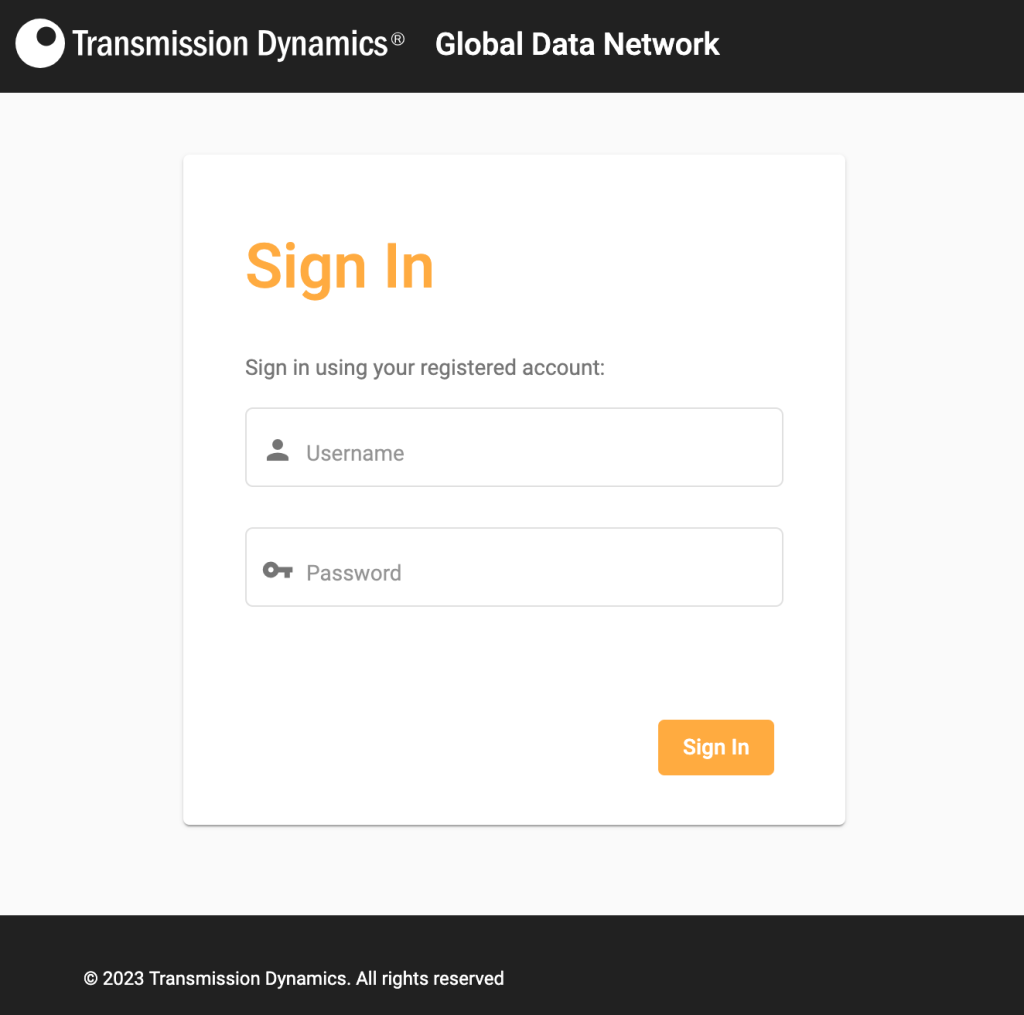
Try Our Online Demo
 Transmission Dynamics are now delivering remote monitoring of seven M72 bolts on the Levenmouth demonstration turbine. An incredible Industrial IoT application with implications across the onshore and offshore wind power industry. Our thanks to ORE Catapult and Wood plc. for their collaboration.
Transmission Dynamics are now delivering remote monitoring of seven M72 bolts on the Levenmouth demonstration turbine. An incredible Industrial IoT application with implications across the onshore and offshore wind power industry. Our thanks to ORE Catapult and Wood plc. for their collaboration.
Username: orec Password: QJ5ANv4Xjg!
 You can also experience the power of Boltsense technology in action on M24 bolts at North East Community College (NECC) in Norfolk, USA. We also invite you to log in to our live demo on the Global Data Network (GDN) and witness firsthand how Boltsense is revolutionising the monitoring of critical infrastructure. A big thank you to NECC and Copper State Bolt & Nut (CSBN) for allowing us to share this exciting project data.
Username: necc-public-demo Password: QJ5ANv4Xjg!Zwz8tBgzo91*
You can also experience the power of Boltsense technology in action on M24 bolts at North East Community College (NECC) in Norfolk, USA. We also invite you to log in to our live demo on the Global Data Network (GDN) and witness firsthand how Boltsense is revolutionising the monitoring of critical infrastructure. A big thank you to NECC and Copper State Bolt & Nut (CSBN) for allowing us to share this exciting project data.
Username: necc-public-demo Password: QJ5ANv4Xjg!Zwz8tBgzo91* Want to know more about the Load Monitoring Fastener+® experience?
Fill in the form and we will get back to you as soon as we can about our instrumented bolts and bolt tension monitoring systems.
Torque Control vs. Tension Control
Torque control tools can easily result in under tensioning of fasteners.
This has been demonstrated through numerous case studies and scientific investigations.
Making the Case for Precise Fastener Tightening
In the realm of fastener tightening, the choice between torque control and tension control tools is a crucial consideration, with significant implications for the integrity and reliability of your assemblies. While torque control tools are commonly used, it’s important to recognise their limitations.
The Challenge of Under-Tensioning
Torque control tools, while seemingly straightforward, can often result in the under-tensioning of fasteners. This has been demonstrated repeatedly through extensive case studies and scientific investigations. The fundamental issue lies in the complex relationship between torque and tension.

Factors Affecting Torque-Tension Relationship
In practice, the relationship between torque and tension is influenced by a multitude of factors, including:
Coefficient of Friction
This factor is greatly affected by variables such as lubrication, material composition, and surface finish or coatings on both the threads and the interface beneath the bolt head.
Manufacturing Tolerances
Bolt quality can vary significantly between manufacturers, and even small differences in manufacturing tolerances can have a substantial impact on the torque-tension relationship.
Stiffness of the Clamping Interface
The thickness and material properties of the clamping interface play a critical role in determining how torque is transferred to tension.
Load Transfer Relaxation and Variations
Moreover, torque control methods can yield large variations in tension levels depending on torqueing levels, patterns, and procedures. This is due to the phenomenon of load transfer relaxation. Real-world data has vividly illustrated this effect, where tension significantly drops following the removal of a hydraulic tensioning tool.
In light of these complexities and challenges associated with torque control, it becomes evident that achieving precise and consistent fastener tightening demands a shift toward tension control methods. Tension control tools offer a more direct and accurate approach, ensuring that fasteners are tightened to the desired tension levels, enhancing the safety, reliability, and performance of critical assemblies.

Eliminating Tension Variations with LMF+ Technology: Ensuring Precision
In applications where torque control tools are traditionally used, tension variations of ±50% are not uncommon. These variations, driven by the inherent complexities of the torque-tension relationship, have long posed challenges to the reliability of critical assemblies. However, the introduction of LMF+ technology marks a transformative solution.
By utilising LMF+ technology, you can bid farewell to the unknowns and uncertainties surrounding bolt tension during both installation and in-service operation. Unlike traditional torque control methods, LMF+ technology offers a precise and direct approach to monitoring and controlling tension levels. This groundbreaking innovation ensures that fasteners are tightened with unparalleled accuracy, eliminating the wide tension fluctuations that have long plagued traditional methods.
With LMF+, you gain the confidence of knowing that your assemblies are secured to exacting tension specifications, enhancing safety, reliability, and performance across diverse applications.


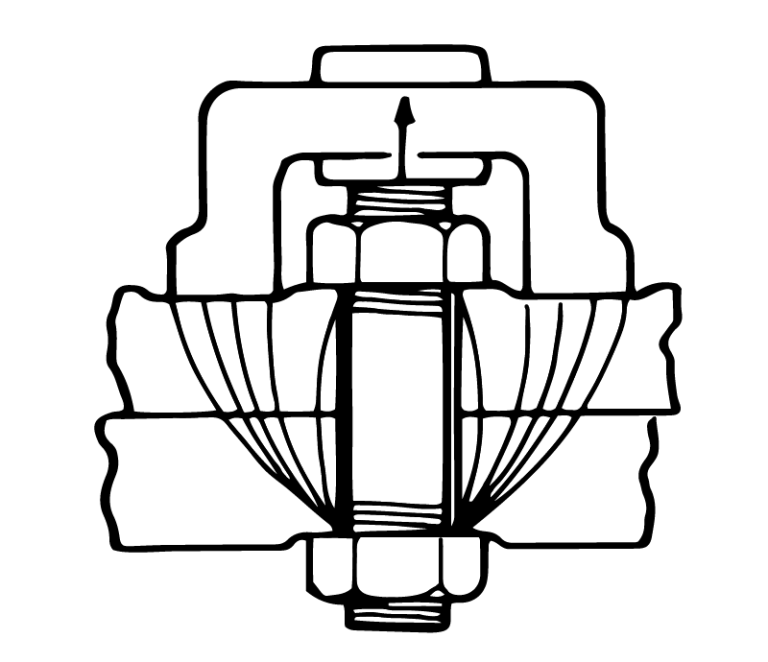

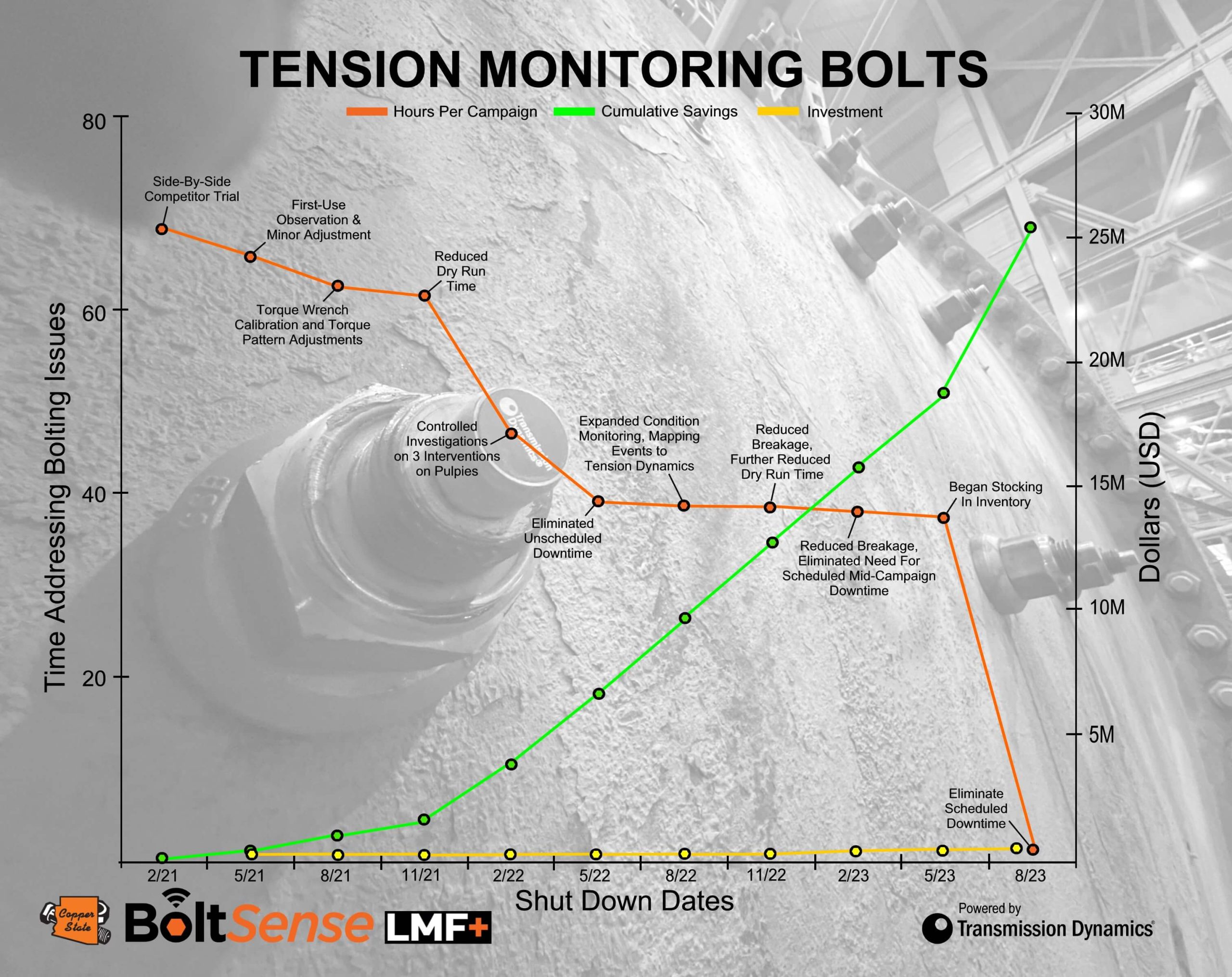
Proper testing of BoltSense technology is mandatory for applications in harsh environments.
Our LIF and LMF+ fastener technologies have been rigorously tested under conditions in environmental chambers (-40 deg c – +100 deg c), salt spray, impact testing and high vibrations on our resonance test rig. We have also now collected sufficient field data to further validate our instrumented bolts in real harsh environmental conditions (SAG mill applications). This proven technology with its innovative internal design maximises longevity, even in some of the harshest environmental applications. Bolt tension monitoring can be achieved in a wide range of extreme conditions.
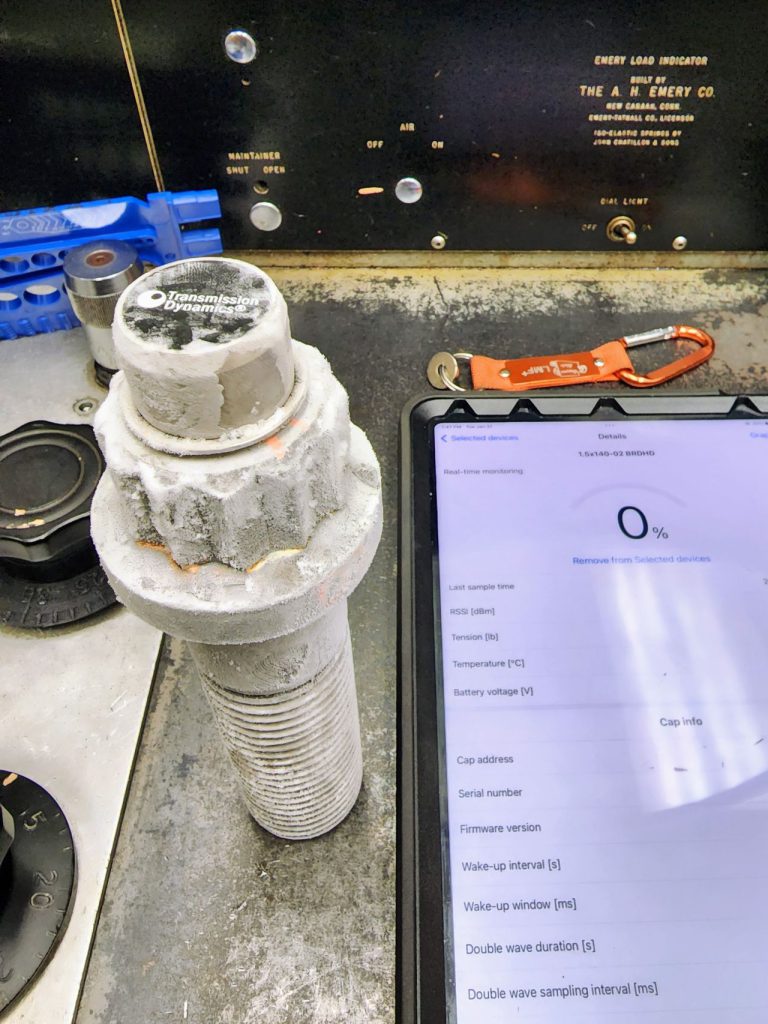
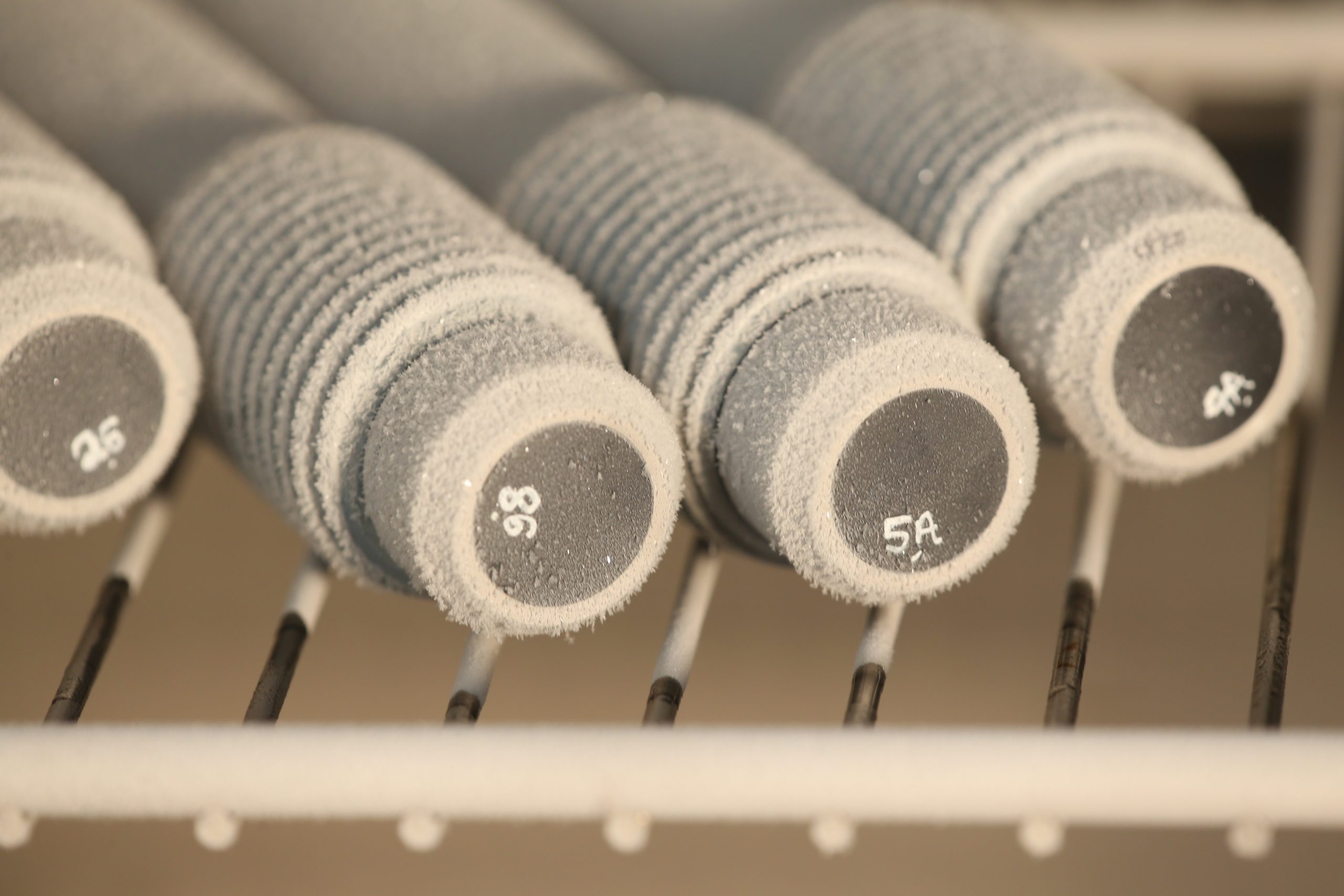
Sub-Zero Testing

Rigorous Corrosion Testing
The product undergoes rigorous testing procedures to evaluate its resilience against acid corrosion, ensuring its durability and performance in challenging environments.

Precision Calibration
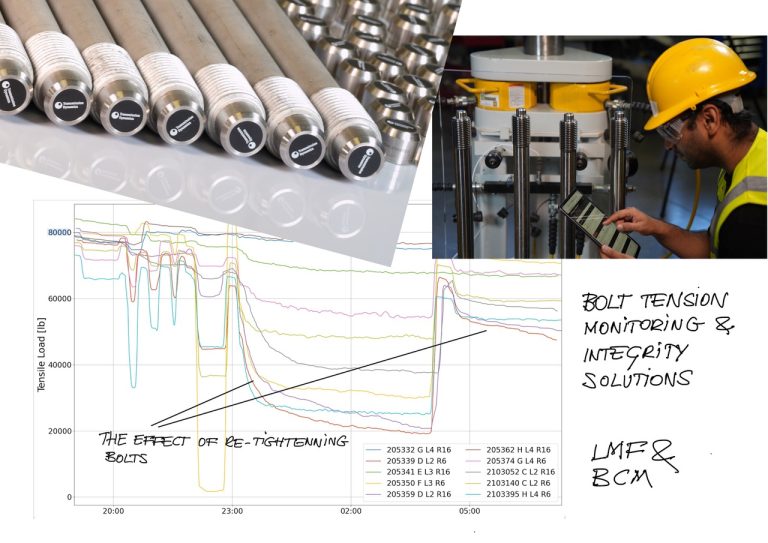
Individually Calibrated
Our instrumented bolts undergo an individual calibration process. Before our definitive 5-point calibration, we apply three shakes to each bolt. This cycling of the sensors ensures the fasteners settle, delivering a consistent and reliable reading.
High Precision Calibration
The calibration process involves loading the fasteners and evaluating the output against a UKAS-calibrated high-precision load cell whose Uncertainty of Measurement (UoM) is better than ±0.85% FS. The load cell is calibrated to BS EN ISO 376 : 2011.
Calibration Rig Reports
Our state-of-the-art automatic calibration rig has been meticulously designed to ensure our product's precision. It provides comprehensive reports that underscore repeatable and consistent calibration, minimising the possibility of user error.
Calibration Validation
In addition to calibrating against a high precision load cell, additional verifications are conducted using a pressure transducer which is connected to the hydraulic actuator pumpline. This serves as an additional validation check of the calibration process. This feedback loop provides real-time confirmation of the correct execution of calibration process.
Instrumentation of Fasteners Across a Wide Range
Our instrumentation capabilities cover fasteners ranging from as small as M8 to as large as M72, and even beyond. This extensive range ensures that fasteners of various sizes, commonly used across industries, can be precisely monitored and controlled for tension, providing a versatile solution for different applications.
Advanced Diagnostics with High Sampling Rates
Our systems are equipped with high sampling rate capabilities, reaching speeds of less than 20 kHz. This advanced diagnostic feature allows for the capture of detailed and high-frequency data during fastener operation. It is particularly valuable in identifying subtle changes and patterns in fastener behaviour, enhancing the precision of monitoring and predictive maintenance.
Require more diagnostics?
We’re here to help. We have investigated dozens of cases of fastener failures and have an array of instrumentation to help identify the root cause of joint integrity issues.

In summary, our instrumentation capabilities offer a broad range of coverage, advanced diagnostics, multi-channel insights, and extended temperature range reliability. These features empower users with precise control and monitoring of fasteners, regardless of their size or the challenging conditions they may encounter in their operational environments.
Multi-Channel Instrumentation for Comprehensive Insights
The multi-channel instrumentation capability is a standout feature, enabling the measurement of not only tension but also bending in fasteners. This comprehensive approach provides a holistic view of fastener behaviour, allowing for a deeper understanding of the forces and stresses affecting them. By monitoring bending, users can proactively address issues related to fastener flexion and optimise performance.
Extended Temperature Range Reliability
We recognise that fasteners operate in a wide range of temperatures, from extreme cold to high heat. Therefore, our instrumented bolt systems are designed to withstand extended temperature ranges. This robustness ensures the reliability and accuracy of tension measurements across diverse environmental conditions, making our instrumentation solutions suitable for a variety of industries and applications.
Part of the Transmission Dynamics Ecosystem
PANDAS-V®
This advanced system revolutionises rail industry practices by offering affordable and scalable remote condition monitoring solutions for electrified train pantographs and overhead lines. By addressing maintenance challenges and enhancing efficiency, PANDAS-V transforms rail operations and sets new standards for monitoring and maintenance in the industry.
Smart Oil Plug®
The Smart Oil Plug® is an innovative technology designed for the railroad industry, providing real-time monitoring of final drives and transmissions via wireless data transmission, detecting various parameters like temperature, vibrations, oil debris, and more, while offering extended maintenance intervals and global data access.







